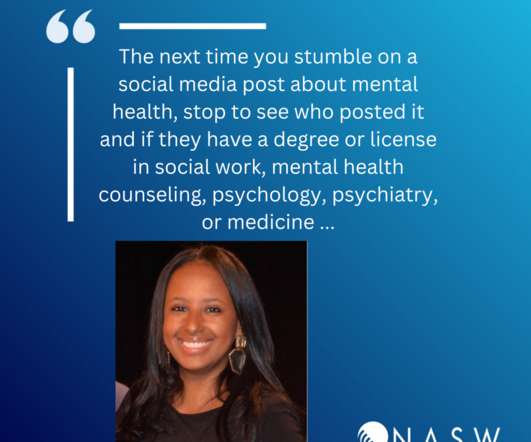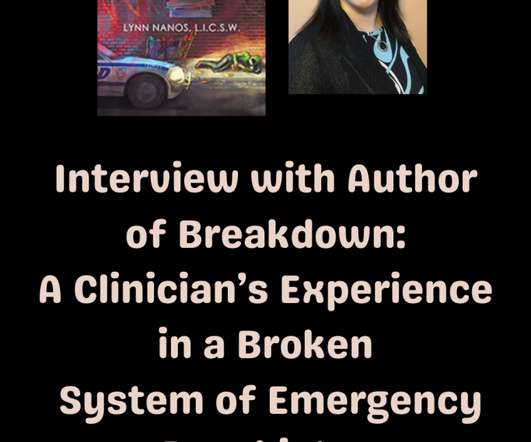Member Voices: Be Wary of Mental Health ‘Experts’ on Social Media
Social Work Blog
JANUARY 19, 2023
It gaslights people into thinking they are not unwell and delays or deters those who are ill from seeking treatment or following a treatment plan created with a credentialed provider. A good place to start is the US Department of Health and Human Services administration, which operates a suicide and crisis Lifeline.












Let's personalize your content